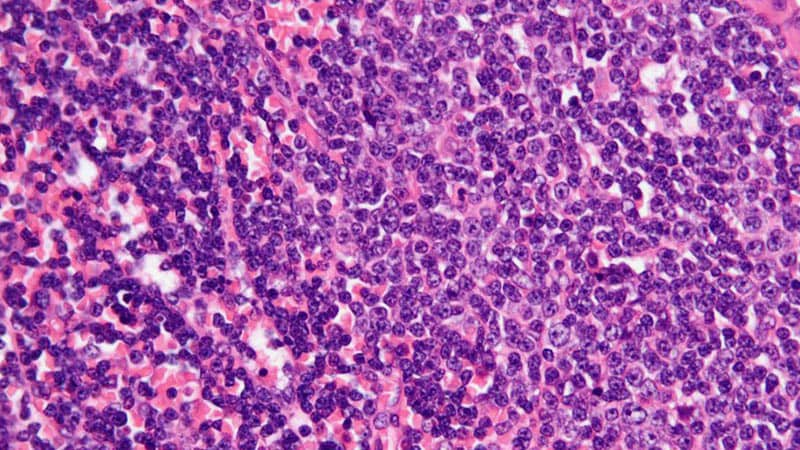Measurable Residual Disease (MRD) Impact on CLL Treatment
Kernekoncepter
Assessing Measurable Residual Disease (MRD) is crucial for evaluating and implementing novel treatments in chronic lymphocytic leukemia (CLL) care.
Resumé
The latest therapies for chronic lymphocytic leukemia (CLL) emphasize the importance of measuring Measurable Residual Disease (MRD) to assess treatment effectiveness. The study published in Frontiers in Oncology highlights the significance of MRD in guiding treatment decisions and improving patient outcomes. Key points include:
MRD measurement is essential in CLL clinical trials for evaluating treatment efficacy.
MRD data can lead to the approval of medications for a broader patient population.
Different MRD assays have advantages and disadvantages, with NG-PCR showing promise for future use.
MRD assessment offers insights into treatment success and patient outcomes, such as overall survival (OS).
Experts predict that MRD assessment will become a standard measure of treatment efficacy in CLL patients.
MRD: Powerful Metric for CLL Research
Statistik
"Current international consensus for undetectable is U-MRD4 1 leukemic cell in 10,000 leukocytes."
"NG-PCR can detect around 1 CLL cell in 1x106 leukocytes."
"Survival at 5 years of 95.3% for patients with U-MRD4 compared to 72.9% for those with higher MRD rates."
Citater
"MRD measurement is now a key feature of CLL clinical trials reporting." - Tahla Munir MD
"It is very likely that MRD assessment will be incorporated as a standard measurement of treatment efficacy in patients with CLL in the near future." - Alessandra Ferrajoli, MD
Vigtigste indsigter udtrukket fra
by Myles Starr kl. www.medscape.com 04-07-2023
http://www.medscape.com/viewarticle/990555
Dybere Forespørgsler
How can the incorporation of MRD assessment in CLL treatment impact patient outcomes in the long term?
The incorporation of MRD assessment in CLL treatment can significantly impact patient outcomes in the long term by providing a more accurate and sensitive measure of treatment efficacy. By utilizing MRD data, doctors can make more informed decisions regarding the duration of treatment, follow-up strategies, and the need for additional therapies. Patients with undetectable MRD levels (U-MRD4) have been shown to have superior overall survival rates compared to those with higher MRD levels. This information can help tailor treatment plans to individual patients, potentially leading to better outcomes and prolonged remission periods.
What potential challenges might arise in implementing MRD assessment as a standard measure of treatment efficacy?
Several challenges may arise in implementing MRD assessment as a standard measure of treatment efficacy in CLL. One significant challenge is the need for advanced laboratory sequencing and bioinformatic capacity to analyze MRD data accurately. Additionally, the current technologies, such as NG-PCR, require patient-specific primers and multiple wells for testing, which can be time-consuming and resource-intensive. Standardizing MRD assessment across different healthcare settings and ensuring the availability of these advanced technologies in all facilities may also pose logistical challenges. Moreover, the interpretation of MRD results and establishing universally accepted thresholds for clinical decision-making could be complex and require further research and consensus among experts.
How can advancements in MRD assessment technology influence the future of personalized medicine in oncology?
Advancements in MRD assessment technology have the potential to revolutionize personalized medicine in oncology by providing clinicians with more precise and individualized treatment strategies. The increasing sensitivity and accuracy of MRD assays, such as NG-PCR, allow for the detection of minimal residual disease at levels as low as 1 CLL cell in 1x106 leukocytes. This high level of sensitivity enables doctors to monitor treatment response more closely, adjust therapy regimens based on MRD results, and potentially identify patients who may benefit from alternative or targeted therapies. As MRD assessment becomes more standardized and accessible, it can serve as a valuable tool in tailoring treatment plans to each patient's specific disease burden, ultimately improving outcomes and reducing the risk of disease relapse.
0
